
Our dentists have all stressed to us just how important it is to brush our teeth at least twice a day and of course after a sugary snack. Sometimes we may miss a brushing before bed, but rarely do we miss two. And who hasn’t lied to their dental hygienist when the dreaded “do you floss every day” question undoubtedly resurfaces at every annual office visit. We all know we should brush and floss because keeping our teeth pearly white is not only for cosmetic appeal, but also wards off potentially serious oral diseases like plaque, tartar, cavities, and gingivitis.
Now what about our dogs? They can suffer from the same dental diseases that their human caretakers can, but just how often do you think our dogs are flossing? This article will outline what you can do at home to improve your dog’s oral health in order to prevent some potentially serious disease in your beloved canine’s canines.
Plaque is a mix of bacteria, food and saliva that begins to form on teeth almost immediately after it has been removed by brushing. If the plaque is not removed, it can harden into tartar, or calculus, and can only be removed by a dentist. Plaque build-up is the number one inciting cause of periodontal disease, or gum disease, which can lead to pain, inflammation, tooth loosening or even tooth loss in both humans and dogs.
The absolute most effective way of preventing periodontal disease in your dog is regular tooth brushing. Brushing your dog’s teeth once per day using either veterinary toothpaste or gel, and either a finger toothbrush or child size toothbrush is fast and efficient. The mechanical action of brushing loosens plaque and flushes it away, preventing calculus build-up.
When applying toothpaste to the toothbrush, ensure that all the bristles are deeply covered and that the toothpaste does not just sit on top of the bristles. Otherwise the toothpaste could easily fall of the brush or even more likely, your dog will lick the paste off before you even get the toothbrush into her mouth. Hold the toothbrush at a 45 degree angle to the teeth and gently brush back and forth ensuring you clean every tooth. If you’re unsure, ask your veterinarian to show you the proper technique.
Pet toothpastes and toothbrushes are available at most pet stores, veterinary clinics. You can find pet toothbrushes in the store on this site as well. Brushes that fit over top of your finger are handy, but people who don’t like their hands to be coated in dog saliva may prefer a more standard toothbrush. Using a human toothbrush is fine, just make sure that you choose a soft or extra soft bristle (and that you clearly mark it as the dog’s toothbrush!) Even though it’s fine to use a human toothbrush, be sure not to use human toothpaste. Human toothpaste is not meant to be swallowed and although it seems unfathomable to us, most dogs will prefer the beef or chicken flavouring of dog toothpastes to the minty freshness of human toothpaste.
To train your dog or puppy for daily brushing, use lots of treats initially to encourage her to allow you to safely put your fingers in her mouth. Using lots of praise and taking things slowly will gain her trust, and once used to the feeling, many dogs enjoy this daily routine.
We all know that if we don’t take the time to floss our teeth every day, it may happen that we miss a day or two of brushing our dog’s teeth. Of course brushing them everyday is the best treatment, but even brushing twice per week helps in reducing plaque build-up and calculus formation. If you do forget to brush your dog’s teeth, there are other ways to help maintain good oral health.
There are hundreds of products on the market that claim to reduce plaque and tartar. Again, the most effective action is brushing teeth, and that maintains true when deciding on what products to buy to supplement brushing. An important aspect to keep in mind when choosing a toy or treat is the hardness of the product. If the toy or treat is harder than your dog’s enamel, then there is a very real risk that your dog could fracture her teeth while chewing on the very product intended to protect their oral health. A good rule of thumb is that if you can bend the toy or treat with your bare hands, then it’s most likely safe for your dog to chew. There are of course a few exceptions, such as rope toys and tennis balls. These soft toys can cause abrasions on a dog’s gums if they are allowed to chew on them for a long time.
Hard rubber toys like Kongs are a great to addition to help clean teeth because when dogs chew on the toy it acts like a squeegee scraping the plaque off their teeth. As a helpful hint, if your dog is an aggressive chewer, the black Kongs are more durable than the red, and the blue ones are the toughest of them all.
If your dog needs a little extra food motivation for a good chew, try uncompressed rawhide strips and bones. Just be sure to watch your dog to make sure they are not too overzealous and attempt to swallow big pieces of the bones.
Daily dental care can also be provided to your dog by the type of food that they eat. Hard kibble is better than soft food at scraping plaque of their teeth, and some foods have been approved through proven scientific studies by the Veterinary Oral Health Council to reduce plaque and calculus in dogs. Check out the VOHC’s website for a complete listing of all their approved products: http://www.vohc.org/accepted_products.htm. Some of the products are only available through your veterinarian, but they would be pleased to discuss with you preventative dental care for your dog.
Finally, just like you or I, brushing alone is not enough to maintain healthy teeth and gums. Like we visit the dentist every year, it’s vital to talk to your veterinarian during your dog’s annual exam about her teeth. There are several fatal conditions that have early warning signs that appear in your dog’s mouth that only your veterinarian is trained to recognize. In order for your veterinarian to perform a detailed examination and cleaning it will be necessary to put your dog under general anesthesia. However you won’t need to do this every year, and your veterinarian will be able to tell you when it is time for dog’s cleaning.
By Jen Girard – Pets.ca writer
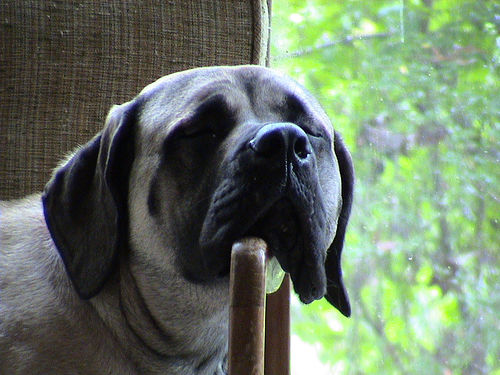 10 Dog Breeds For Laid Back Lifestyles
10 Dog Breeds For Laid Back Lifestyles
Make Room On The
10 Dog Breeds For Laid Back Lifestyles
10 Dog Breeds For Laid Back Lifestyles
Make Room On The
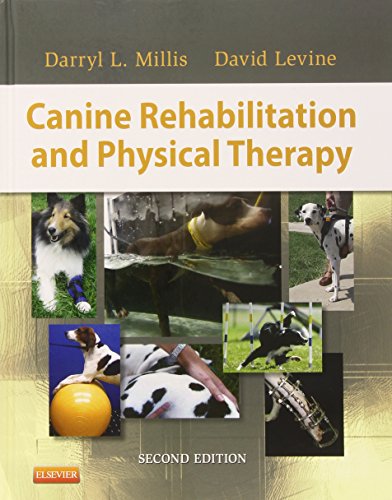 TPLO? TTA? Tightrope? Fishline? What Does My Dog Need?
Cranial cruciate ligament (C
TPLO? TTA? Tightrope? Fishline? What Does My Dog Need?
Cranial cruciate ligament (C
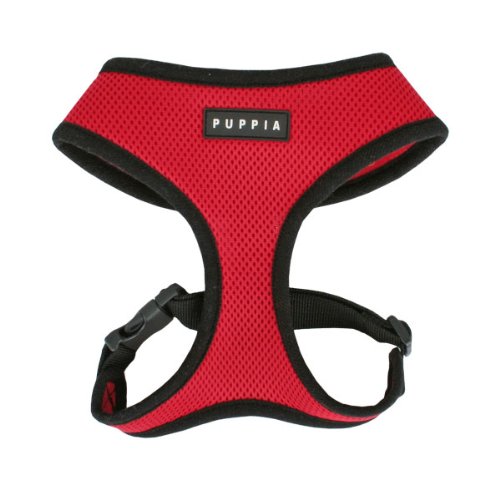 The Difference Between Harnesses and Collars for Dogs
The Difference Between Colla
The Difference Between Harnesses and Collars for Dogs
The Difference Between Colla
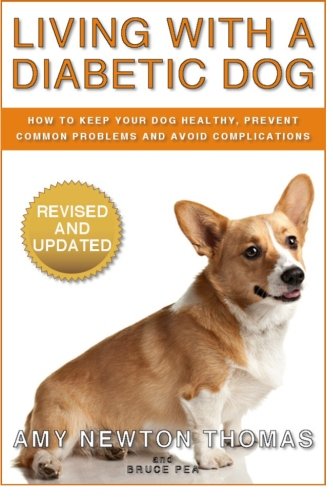 Canine Diabetes
Despite diabetes being commo
Canine Diabetes
Despite diabetes being commo
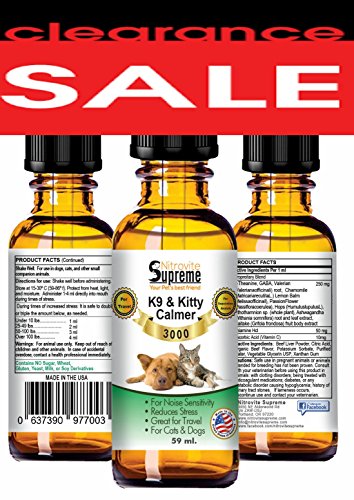 Dog Fear of Thunder and Loud Noises
My dog did not start out sca
Dog Fear of Thunder and Loud Noises
My dog did not start out sca
Copyright © 2005-2016 Pet Information All Rights Reserved
Contact us: www162date@outlook.com